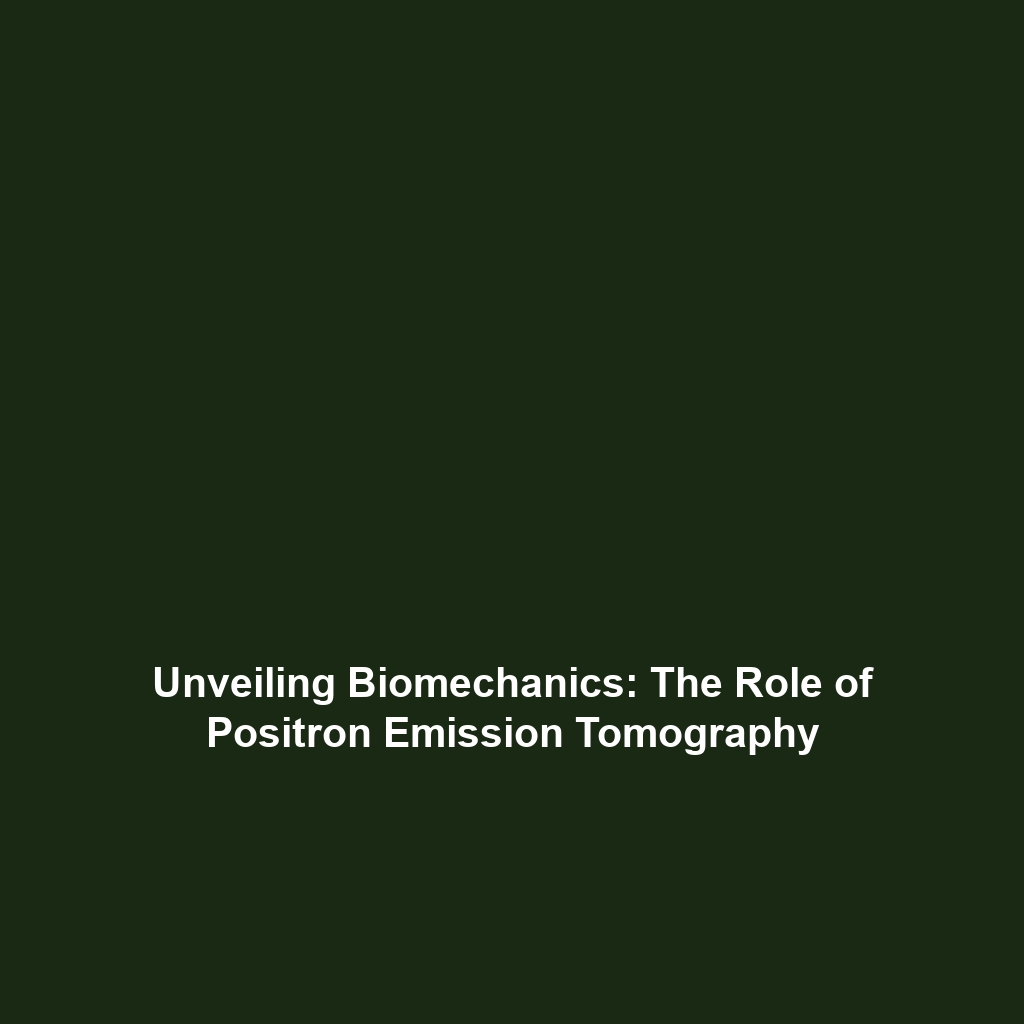Metformin: Investigating Its Potential Anti-Aging Effects in Cryonics & Life Extension
Introduction: Metformin, a medication traditionally used to manage diabetes, has captured the interest of researchers exploring its potential anti-aging effects in humans. This shift in perspective marks a significant development in the realms of Cryonics and Life Extension. As the quest for longevity intensifies, Metformin is considered a candidate for promoting healthy aging. Its significance lies not just in diabetes treatment, but in its possible role in extending lifespan and enhancing quality of life. This article delves into the major concepts surrounding Metformin, its applications, challenges, and future research developments within the broader context of Cryonics and Life Extension.
Key Concepts
Understanding Metformin’s role in anti-aging requires familiarity with several key concepts:
1. Mechanism of Action
Metformin primarily functions by improving insulin sensitivity and lowering blood sugar levels. However, studies suggest it may also activate AMPK (AMP-activated protein kinase), a pathway associated with longevity and cellular energy regulation.
2. Aging and Metabolic Disorders
As aging progresses, metabolic disorders become more prevalent. Metformin’s potential to mitigate these disorders positions it as a candidate in the Cryonics and Life Extension dialogue.
3. Research Initiatives
Ongoing research such as the TAME (Targeting Aging with Metformin) trial aims to investigate the broader anti-aging implications of Metformin, further establishing its relevance to the field.
Applications and Real-World Uses
Metformin’s applications extend beyond diabetes management, especially in the context of Cryonics and Life Extension:
- How Metformin is used in aging studies: Researchers are increasingly utilizing Metformin in clinical trials aimed at understanding its effects on age-related diseases.
- Applications in longevity: Its potential benefits could lead to enhanced healthspan, providing older adults with a better quality of life.
Current Challenges
Despite the promise of Metformin in anti-aging research, several challenges remain:
- Challenges of clinical trials: Conducting long-term studies to understand its implications on aging is complex and time-consuming.
- Issues in generalization: The diverse population responses to Metformin complicate its application as a universal anti-aging solution.
- Potential side effects: Any long-term application of Metformin must weigh its benefits against possible side effects.
Future Research and Innovations
Looking ahead, several innovations are on the horizon in Metformin research:
- Researchers are exploring combination therapies where Metformin could be used alongside other anti-aging compounds.
- Next-generation technologies may allow for better-targeted delivery of Metformin, maximizing its effectiveness in combating age-related decline.
- Potential breakthroughs in understanding the cellular mechanisms influenced by Metformin could further illuminate its role in extending life.
Conclusion
In summary, Metformin represents a promising avenue in the investigation of anti-aging solutions within the Cryonics and Life Extension fields. Its unique properties as an established diabetes medication are being re-evaluated through a lens focused on longevity. As we anticipate exciting developments from ongoing research, the application of Metformin in promoting healthy aging could redefine our approach to life extension. For more insights into this evolving narrative, explore our related articles on Cryonics and Life Extension.

